Eiffel Tower Destiny: The Journey of an Icon
The Eiffel Tower, standing tall in the heart of Paris, is more than just an architectural marvel. It is a symbol, a beacon, and a testament to human ingenuity. But beyond its iron lattice and its towering presence, there is a deeper story—a story of destiny that intertwines with history, culture, and the dreams of countless people.
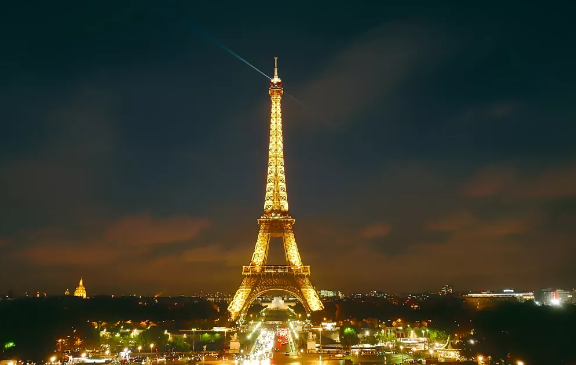
Introduction: The Symbol of Paris
When one thinks of Paris, the Eiffel Tower instantly comes to mind. It is an enduring image that captures the essence of the City of Light. Built for the 1889 Exposition Universelle to celebrate the 100th anniversary of the French Revolution, the Eiffel Tower was initially met with mixed reactions. Many Parisians and artists criticized it, deeming it an eyesore and a temporary installation. Yet, over time, the tower carved its place in the heart of France and the world.
But what is it about the Eiffel Tower that gives it a sense of destiny? Why does this iron structure seem to carry more meaning than its physical form suggests?
The Visionary Behind the Tower: Gustave Eiffel
To understand the destiny of the Eiffel Tower, we must first delve into the mind of its creator, Gustave Eiffel. An engineer and entrepreneur, Eiffel was a man of vision who saw beyond the immediate utility of structures. He believed that architecture should be both functional and inspiring. When Eiffel took on the challenge of designing a centerpiece for the 1889 World’s Fair, he envisioned a structure that would showcase the best of French engineering and stand the test of time.
Gustave Eiffel’s Mission
- To demonstrate France’s engineering prowess.
- To create a landmark that would capture the world’s attention.
- To build something that would transcend its original purpose.
Eiffel’s vision for the tower was rooted in a belief that it could become a symbol, not just of Paris, but of progress and modernity. Despite the controversy surrounding its design, he was convinced that the Eiffel Tower was destined to be more than a temporary structure.
The Early Years: A Battle for Survival
In its early years, the Eiffel Tower faced numerous challenges that threatened its existence. Many Parisians and intellectuals viewed it as a monstrosity. There were even plans to dismantle the tower after its initial 20-year permit expired in 1909. However, several factors played a role in ensuring the Eiffel Tower’s survival:
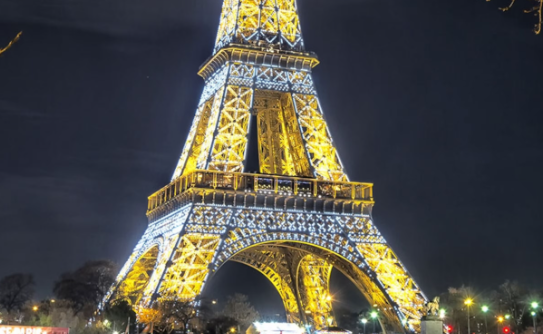
Key Factors that Saved the Eiffel Tower
- Telecommunication Advantage: By the turn of the century, the Eiffel Tower began to serve as a radio transmission tower. Its height made it an ideal location for antennas, which gave it a practical purpose that aligned with the technological advancements of the time.
- Tourist Attraction: As more tourists visited Paris, the Eiffel Tower started becoming a major attraction, drawing visitors from around the world who marveled at its unique design and breathtaking views.
- Cultural Embrace: Gradually, the Eiffel Tower became woven into the cultural fabric of Paris. It featured in countless paintings, photographs, films, and stories, cementing its place as a beloved icon.
Destiny Fulfilled: Becoming a Global Icon
The Eiffel Tower’s destiny was not simply to exist, but to evolve and transform. It has served multiple roles throughout its life—from a marvel of modern engineering to a wartime radio transmitter, from a symbol of resistance during Nazi occupation to the centerpiece of countless romantic proposals. Each of these roles has added to its mystique and narrative, shaping it into a global icon.
The Role of the Eiffel Tower in Global Culture
- Architectural Innovation: As one of the first structures to reach such heights using iron, the Eiffel Tower became a prototype for future skyscrapers.
- Cultural Ambassador: It represents the elegance, romance, and sophistication associated with Paris, promoting French culture worldwide.
- Historical Witness: The tower has witnessed world wars, revolutions, and countless historic events, standing as a silent observer to the unfolding of history.
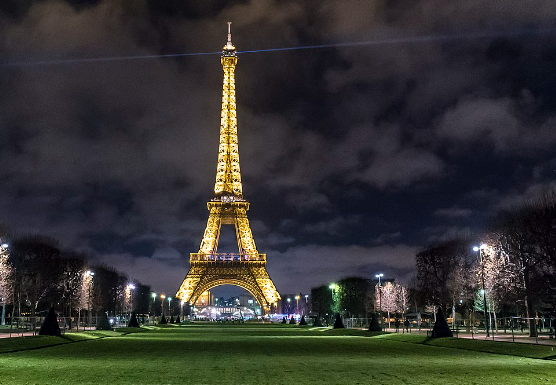
The Eiffel Tower’s Place in History
A Testament to Human Ingenuity
The Eiffel Tower is often viewed as a testament to human ingenuity. It broke records when it was constructed, standing at 324 meters, and remained the tallest man-made structure in the world for 41 years until the completion of the Chrysler Building in New York. This feat is not merely about height; it is about pushing the boundaries of what was thought possible.
A Symbol of Resilience
During World War II, the Eiffel Tower became a symbol of resistance. The French cut the lift cables to prevent the Nazis from using the tower for their purposes. Even Adolf Hitler, who ordered the demolition of many Parisian landmarks, left the Eiffel Tower untouched. It stood resilient against the ravages of war, embodying the spirit of Paris and its people.
The Modern-Day Relevance: A Living Monument
Today, the Eiffel Tower continues to evolve, adapt, and inspire. It has become a living monument, continually finding new ways to stay relevant in a rapidly changing world. From hosting international exhibitions to lighting up in solidarity with global causes, the tower is more than a structure—it is a participant in global conversations.
Modern-Day Initiatives
- Sustainability Efforts: The Eiffel Tower has undergone several renovations to make it more eco-friendly, including installing wind turbines, solar panels, and rainwater collection systems.
- Cultural Events: It serves as a venue for art exhibitions, concerts, and celebrations, keeping it at the heart of Parisian culture.
- Technological Upgrades: Modern lighting and digital installations have been integrated to enhance its nighttime appeal, making it a canvas for light shows and a beacon of innovation.
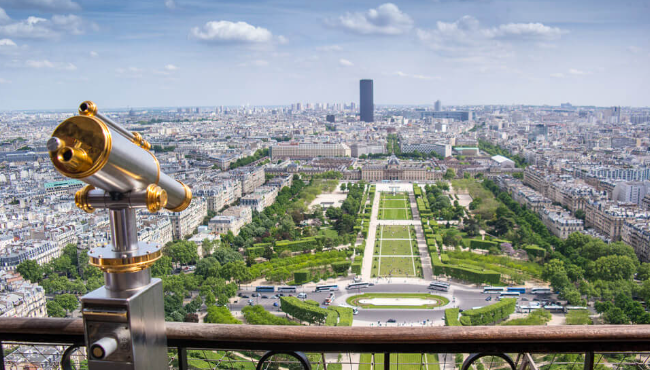
The Emotional Connection: More than Metal and Rivets
What truly cements the Eiffel Tower’s destiny is the emotional connection it fosters with millions of people worldwide. For many, it represents love, hope, and dreams. Countless proposals, love stories, and personal moments have unfolded at the top of this tower, making it a place where individual destinies are intertwined with its own.
Reasons People Feel Connected to the Eiffel Tower
- Romantic Symbolism: The tower has become synonymous with romance, capturing the hearts of lovers who dream of visiting Paris.
- Personal Milestones: From marriage proposals to anniversary celebrations, it is a place where personal histories are made.
- Artistic Inspiration: Countless artists, writers, and filmmakers have been inspired by the tower, which has served as a muse for many creative works.
The Eiffel Tower in Pop Culture
The Eiffel Tower is a recurring motif in popular culture. It has appeared in numerous films, books, and songs, often representing the pinnacle of romance, elegance, or adventure. From the silent films of the early 20th century to modern blockbusters, its image has been used to evoke a range of emotions and themes.
Pop Culture Moments Featuring the Eiffel Tower
- Cinema: Appears in films like “An American in Paris,” “The Da Vinci Code,” and “Midnight in Paris,” symbolizing everything from mystery to romance.
- Literature: Mentioned in novels and poetry, often as a backdrop for personal discovery or historical narrative.
- Music: Songs like “La Vie en Rose” by Edith Piaf or “I Love Paris” by Ella Fitzgerald have been inspired by the city and its iconic landmark.
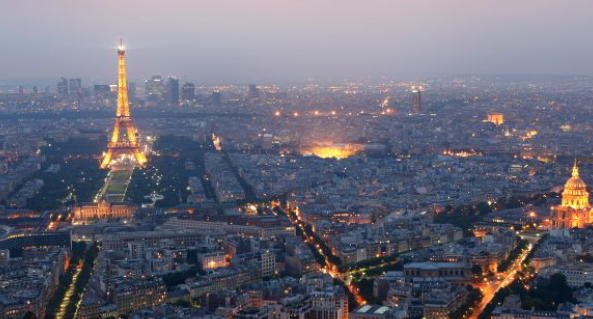
The Tower’s Future: What Lies Ahead?
The Eiffel Tower’s destiny is far from complete. As it approaches its 135th anniversary, it continues to adapt and find new meanings. Future plans for the tower include enhancing visitor experiences with virtual reality tours, augmented reality exhibits, and further sustainability initiatives.
Upcoming Projects and Initiatives
- Virtual Tours: Offering a more immersive experience for visitors unable to travel.
- Cultural Collaborations: Partnering with global artists and institutions to host interactive exhibitions.
- Green Upgrades: Plans to further reduce its carbon footprint and promote sustainability.
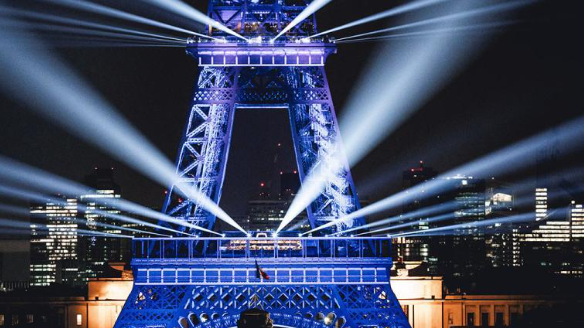
Conclusion: A Destiny Still Unfolding
The Eiffel Tower’s destiny is a story of transformation, resilience, and inspiration. From its humble beginnings as a temporary structure, it has grown into one of the most recognizable and beloved icons in the world. But its journey is far from over. As it continues to evolve, the Eiffel Tower remains a living testament to human creativity and ambition. It stands as a symbol not just of Paris, but of the potential for greatness that resides within us all.
Ultimately, the destiny of the Eiffel Tower is a reminder that what we build can outlive us, inspire generations, and become a part of a shared human heritage. Its future, like its past, is a story waiting to be written—one that continues to captivate and inspire millions around the globe.
Share this content:
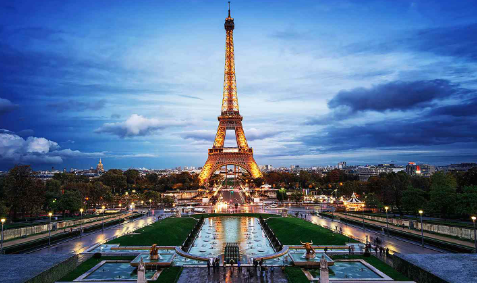
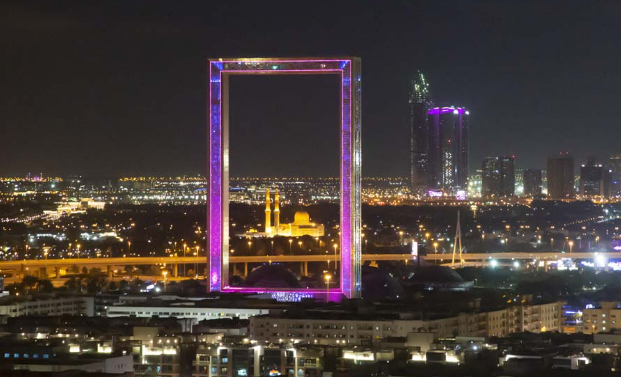
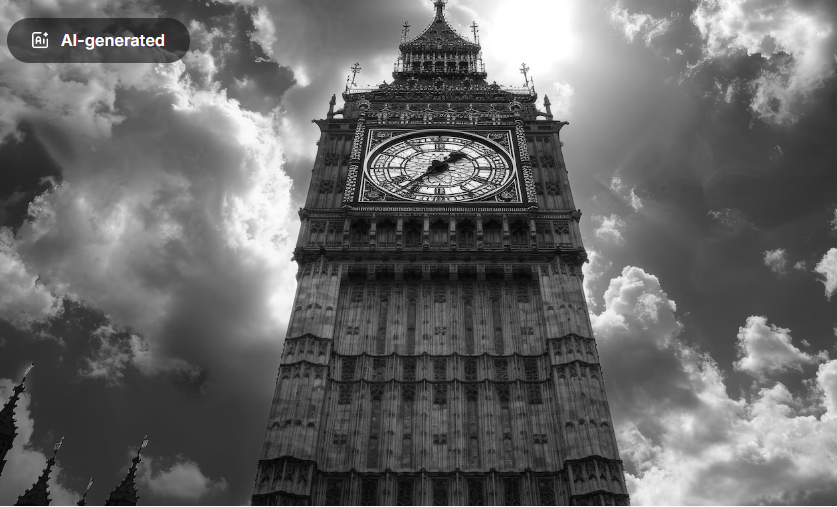











2 comments